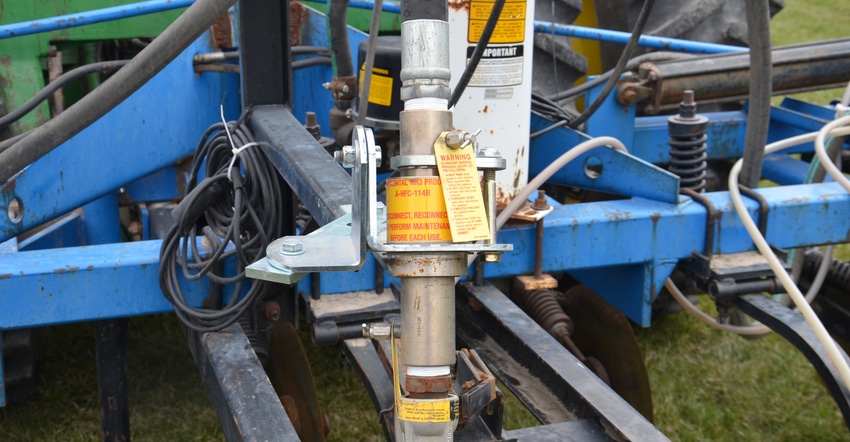
With nitrogen prices so high, you were primed to lower total rates by 30 pounds per acre. Then commodity markets began convulsing. What if you sold corn on a high day, or believe corn prices will move higher? Should you still lower N rates?
Jim Camberato, Purdue Extension soil fertility specialist, says you may still want to lower rates compared to what you would apply at lower nitrogen prices. But the actual rates you dial in may be higher than if corn prices were lower. So, you could wind up at similar rates to those applied when both corn prices and nitrogen costs were lower.
“We recommend applying at the economic optimum nitrogen rate, or EONR,” Camberato says. The concept is based on the law of diminishing returns. Apply up to the point where the next pound of nitrogen would cost more than you expect to get back in extra corn sales.
Confused? The following examples may help.
Pick a corn price
Camberato and Bob Nielsen, a Purdue Extension corn specialist, prepared tables that show how the economic optimum N rate varies not only with input costs, but also with corn price. These examples are based on well over 100 field-scale trials conducted in Indiana since 2006. They provide a starting point for determining EONR. Pinpointing it for any one season is difficult because it varies with soil types and weather.
EONR varies substantially within Indiana. The specialists prepared three tables depending upon where you farm. Find the complete tables online.
Example 1. You farm in Shelby County. Based on the table for central Indiana, with nitrogen at $1 per pound, if corn is $6 per bushel, the EONR is 187 pounds per acre. If you keep N cost constant and raise the corn price to $7, the EONR increases to 194 pounds per bushel. At $5-per-bushel corn, the EONR is 178 pounds, and if you think corn will slip to $4 per bushel, stop at 165 pounds per acre with N at a buck a pound.
If you settle on 190 pounds of N, you’re on target if corn is around $6.50 per bushel, and likely near longtime application rates. If your goal is top yield no matter what in central Indiana, the table suggests topping out at 232 pounds per acre, Camberato notes.
Example 2. Maybe you farm near Muncie. Due to tight soils, higher N rates are necessary in northeast and east-central Indiana, Camberato says. If you’re the $7 optimist, the EONR is 212 pounds per acre, even with N at $1 per pound. If you have corn sold at $6, the EONR is 205 pounds, and at $5 corn, it’s 195 pounds. Even for the $4-per-bushel pessimist, the EONR is 181 pounds per bushel.
Example 3. If you farm anywhere else in Indiana, including on sandy, non-irrigated land anywhere, this category fits you. Suppose you farm in Benton County. If N is a buck a pound and you buy into the tables and $7 corn, set the applicator at 177 pounds per acre. For $6, $5 and $4 corn, back off to 167, 159 and 145 pounds per acre, respectively.
About the Author(s)
You May Also Like




